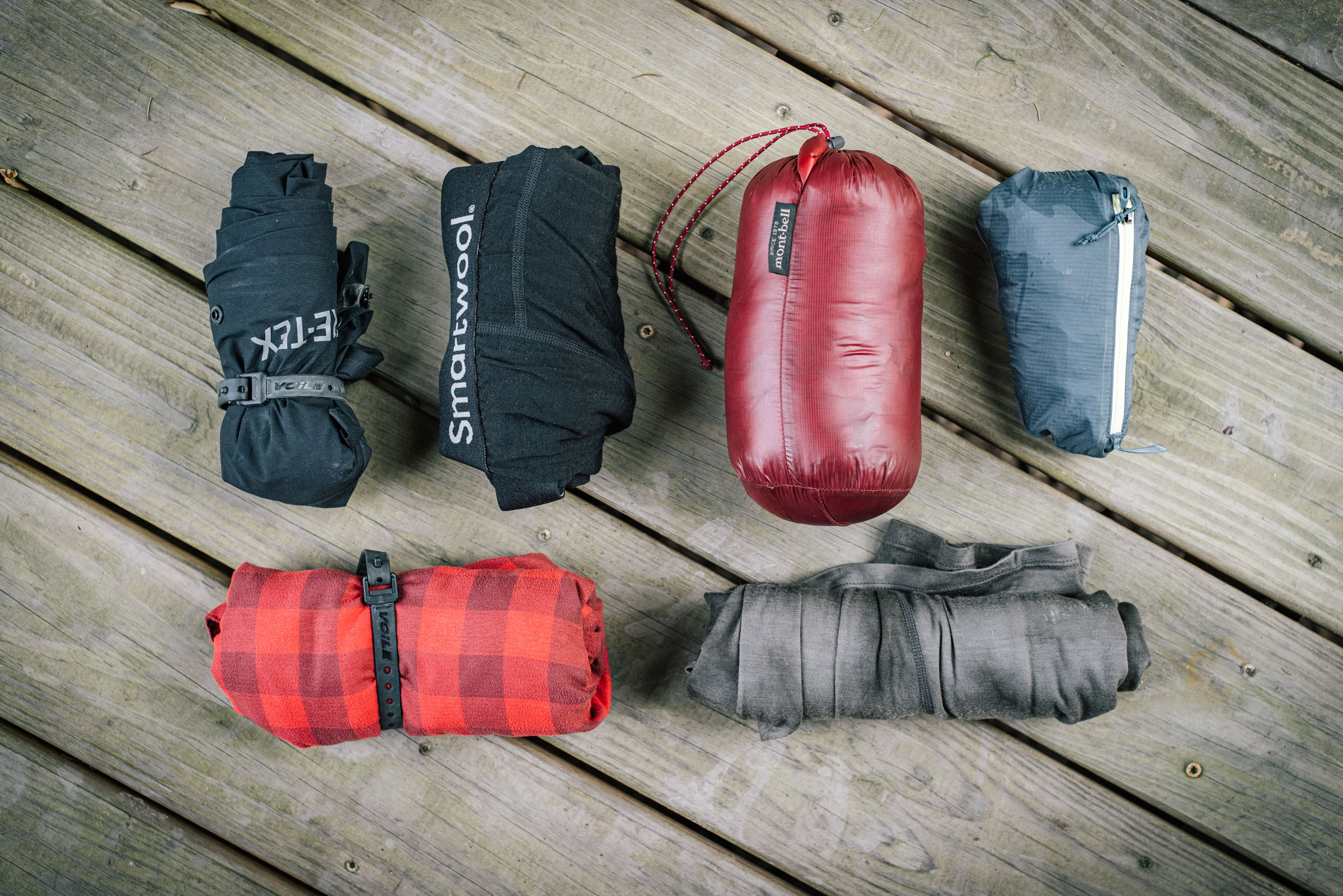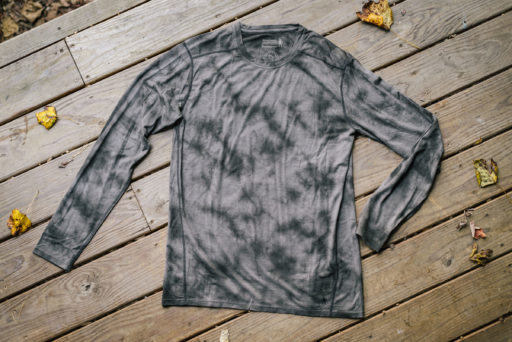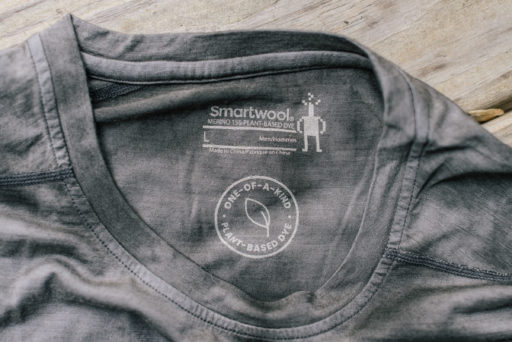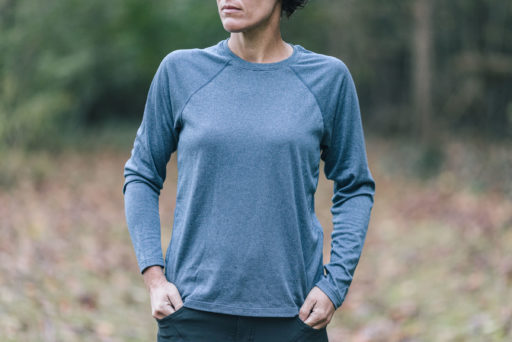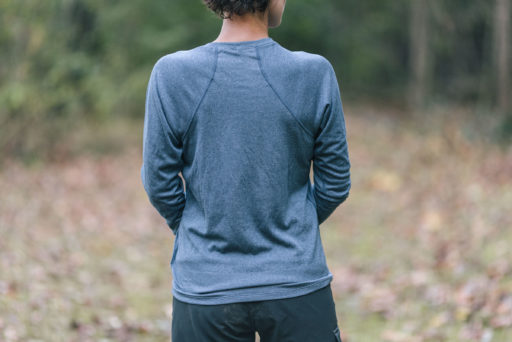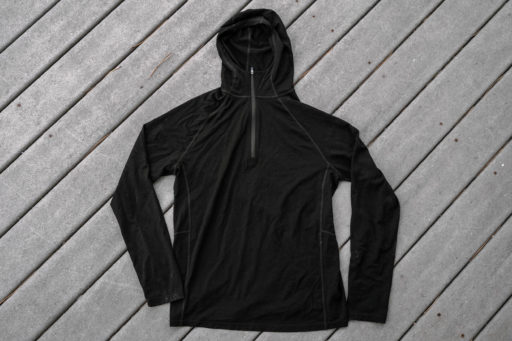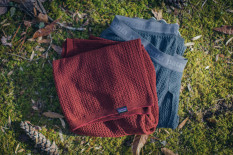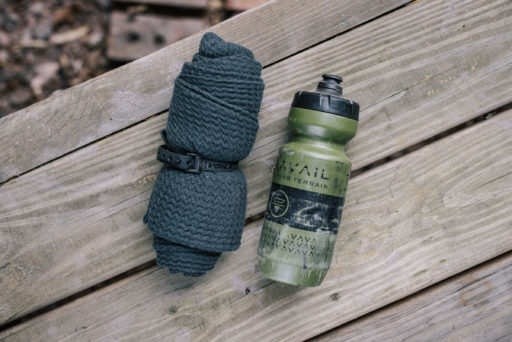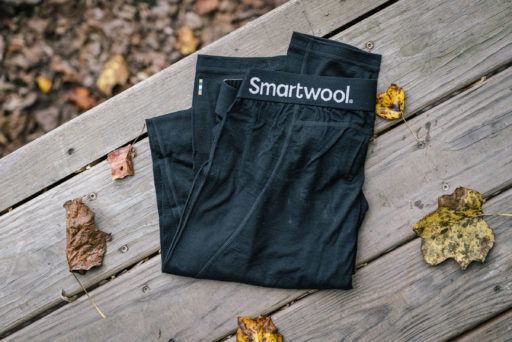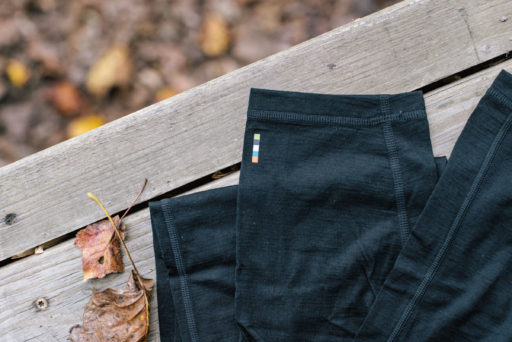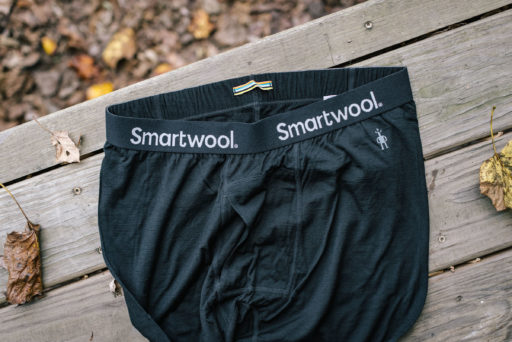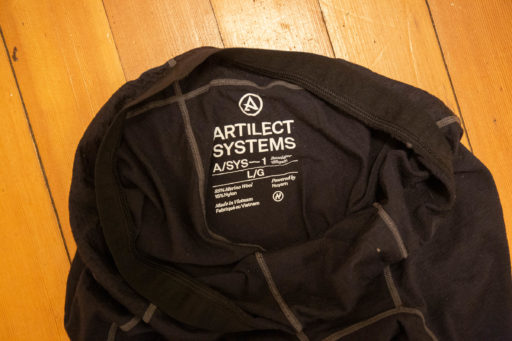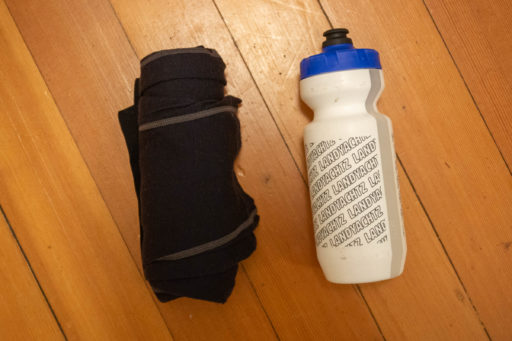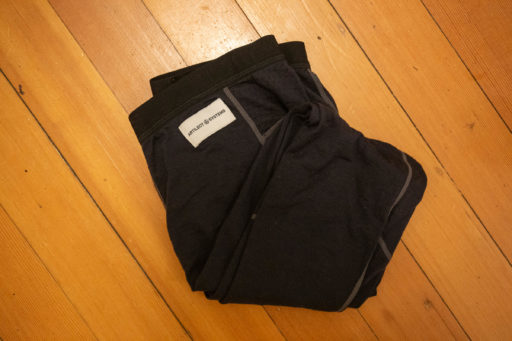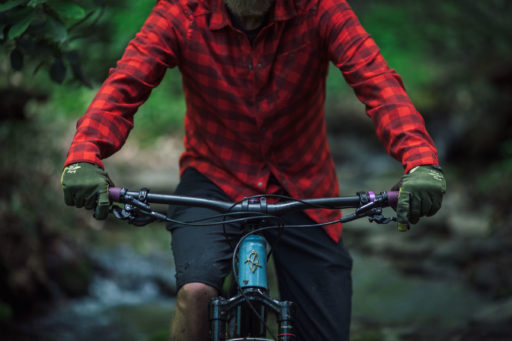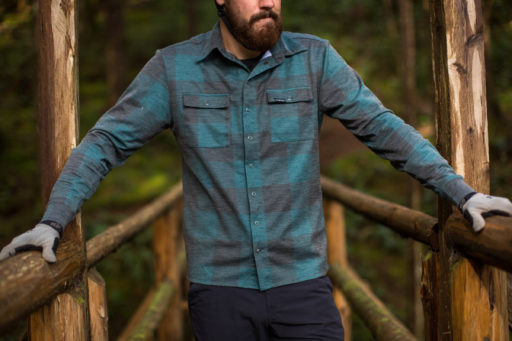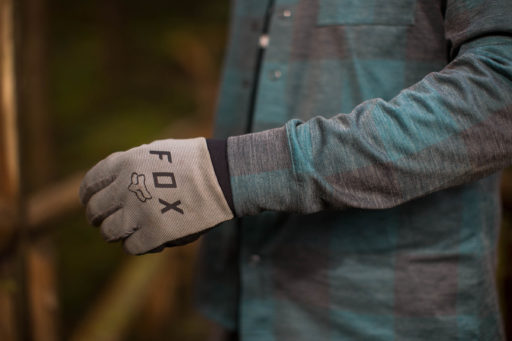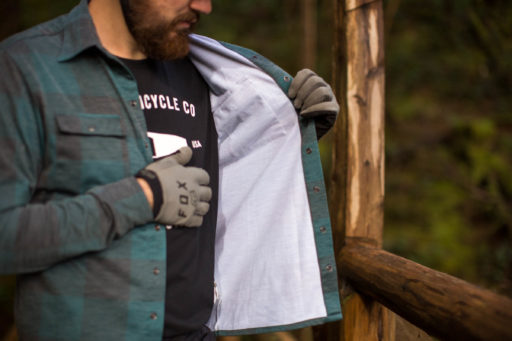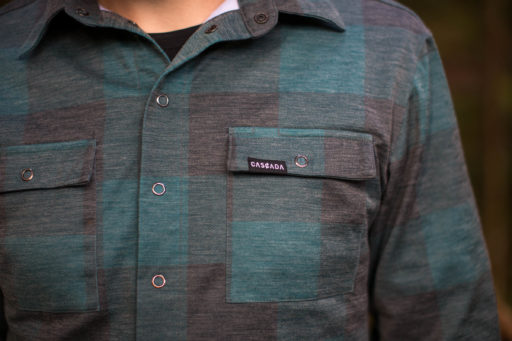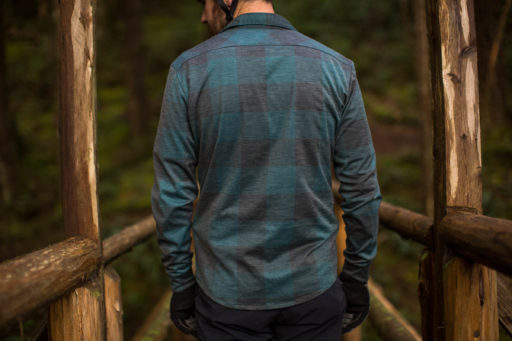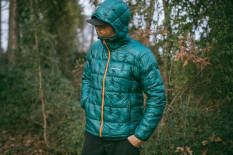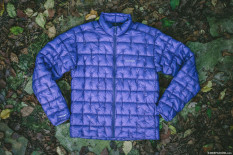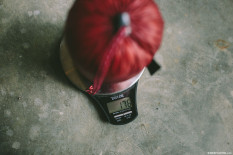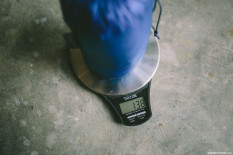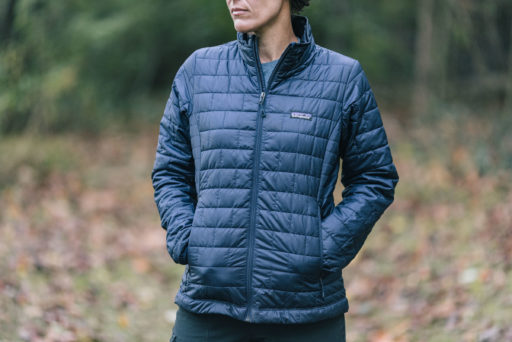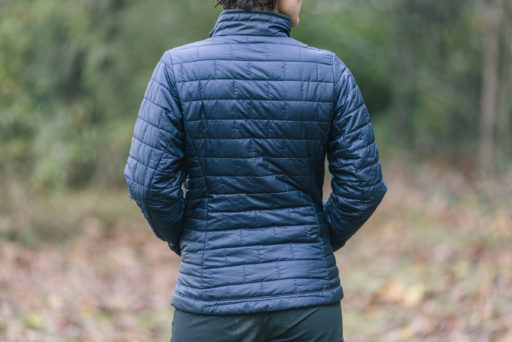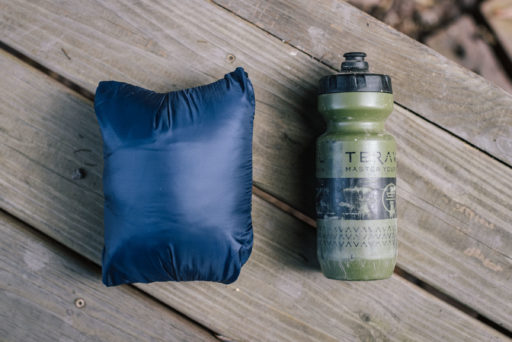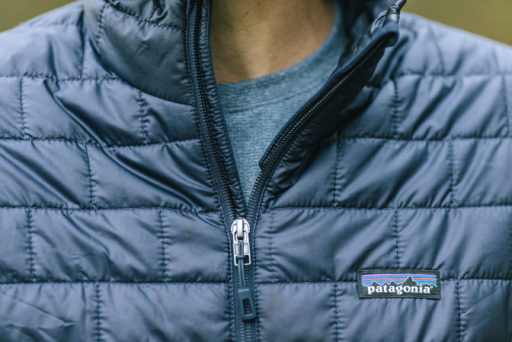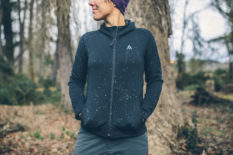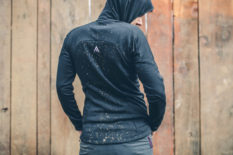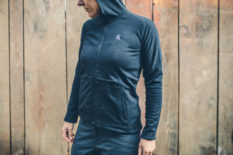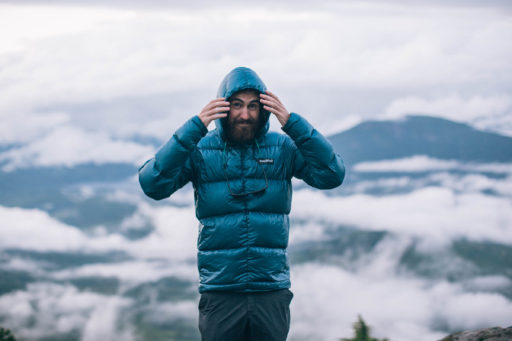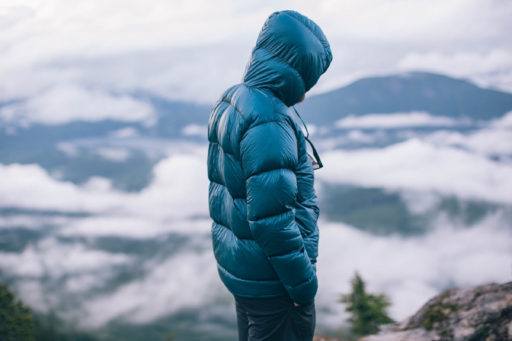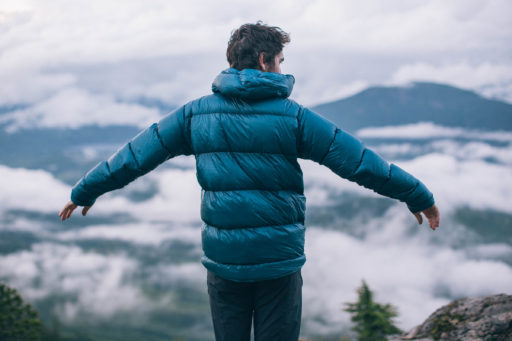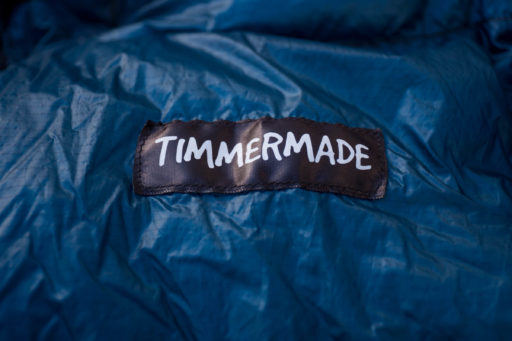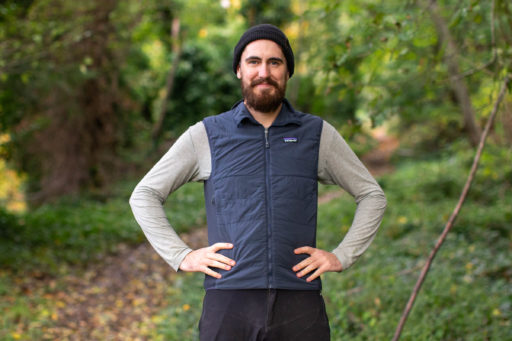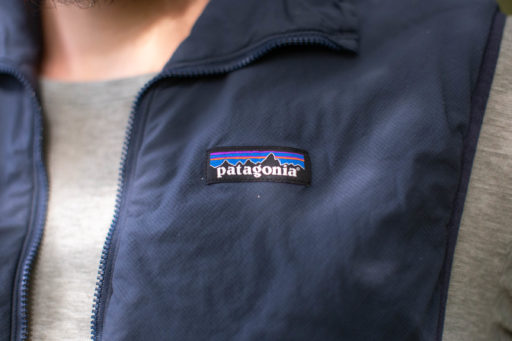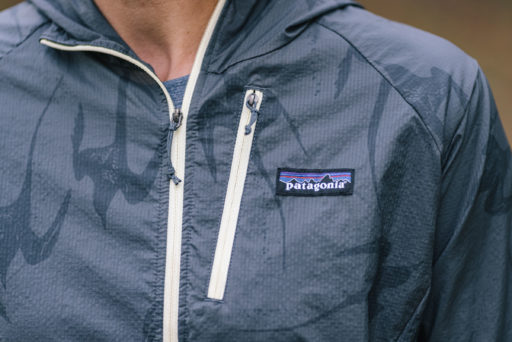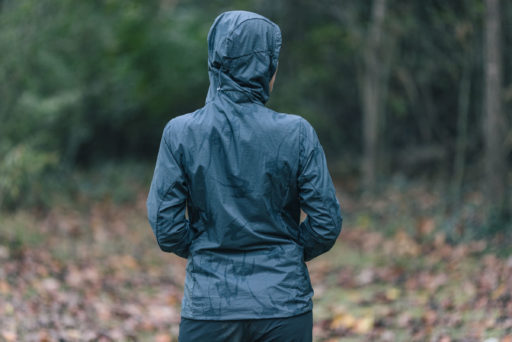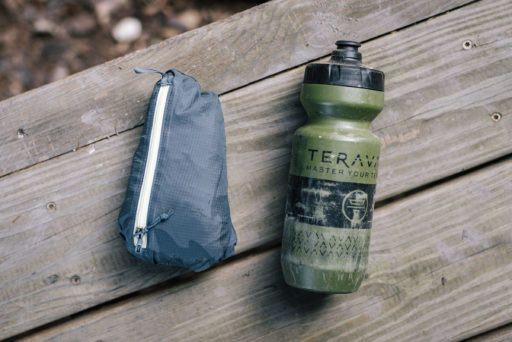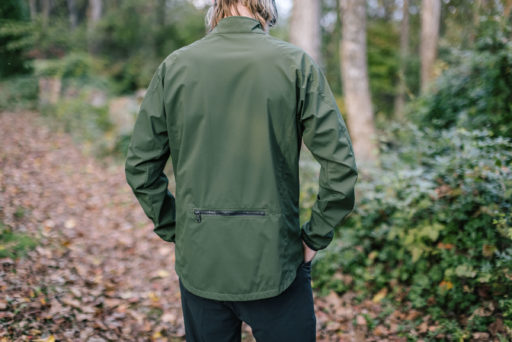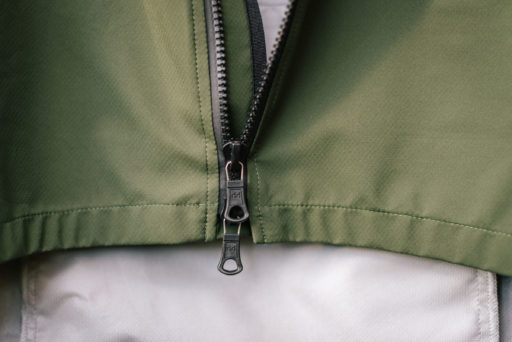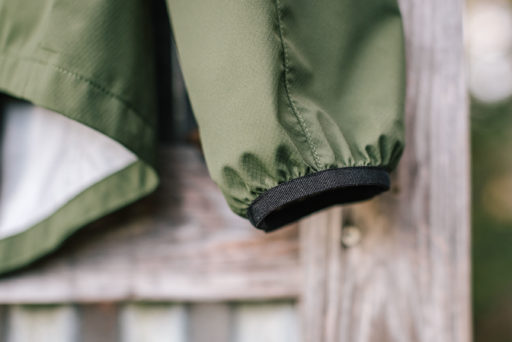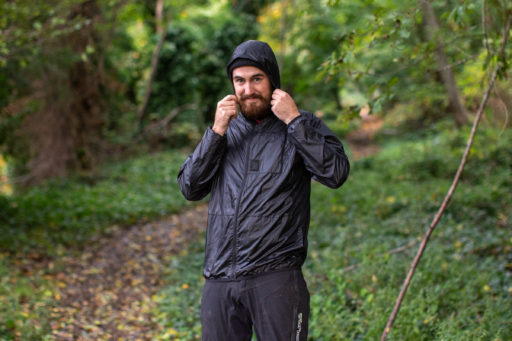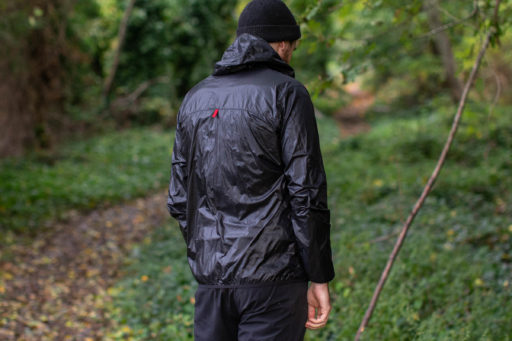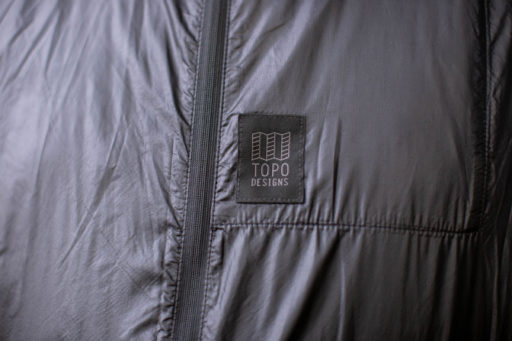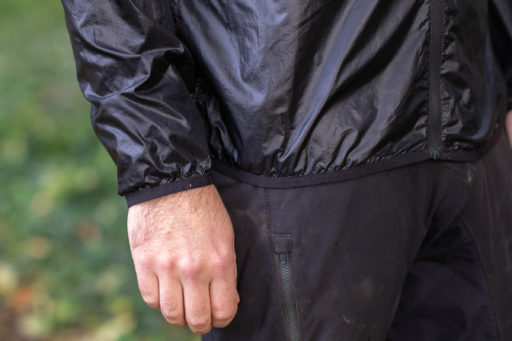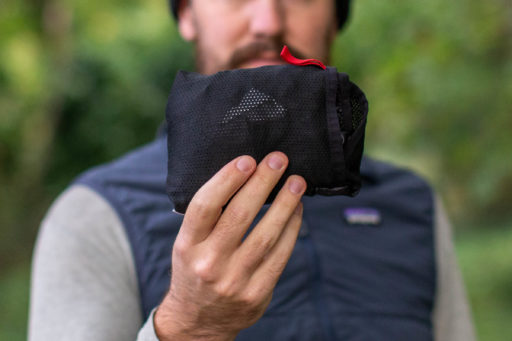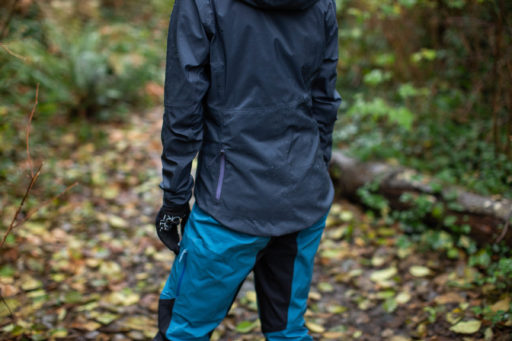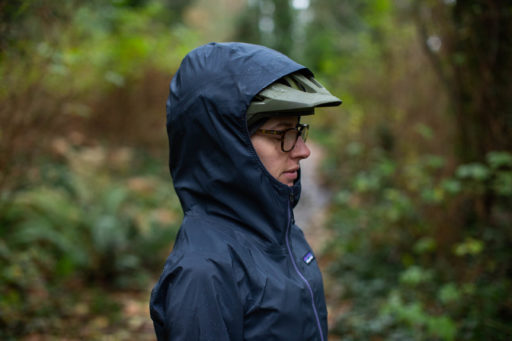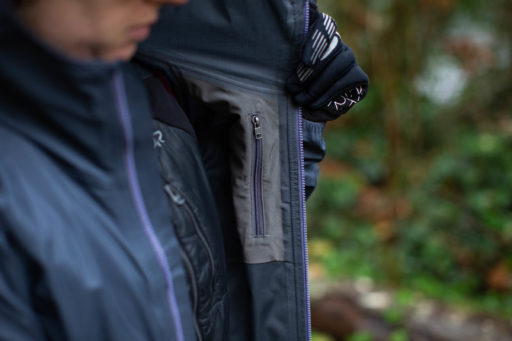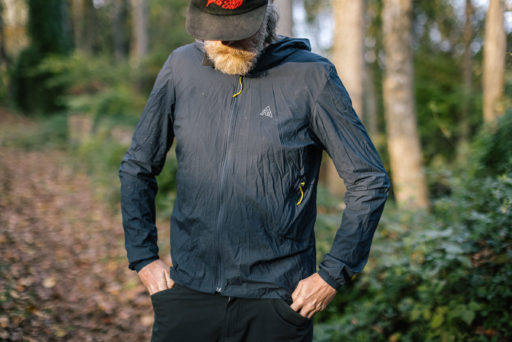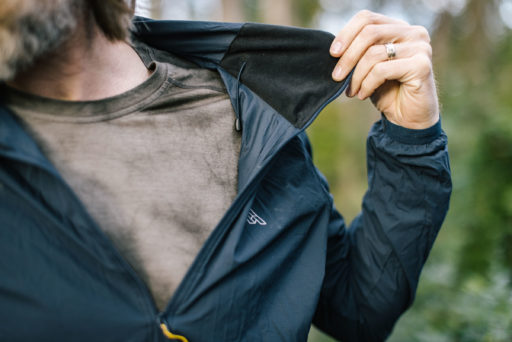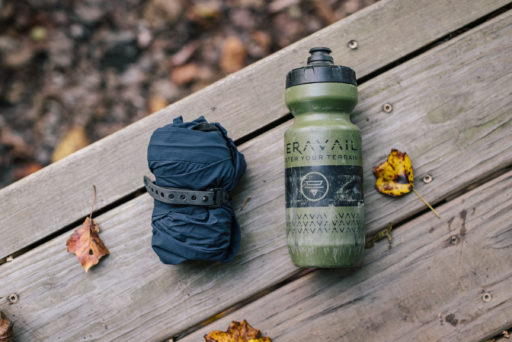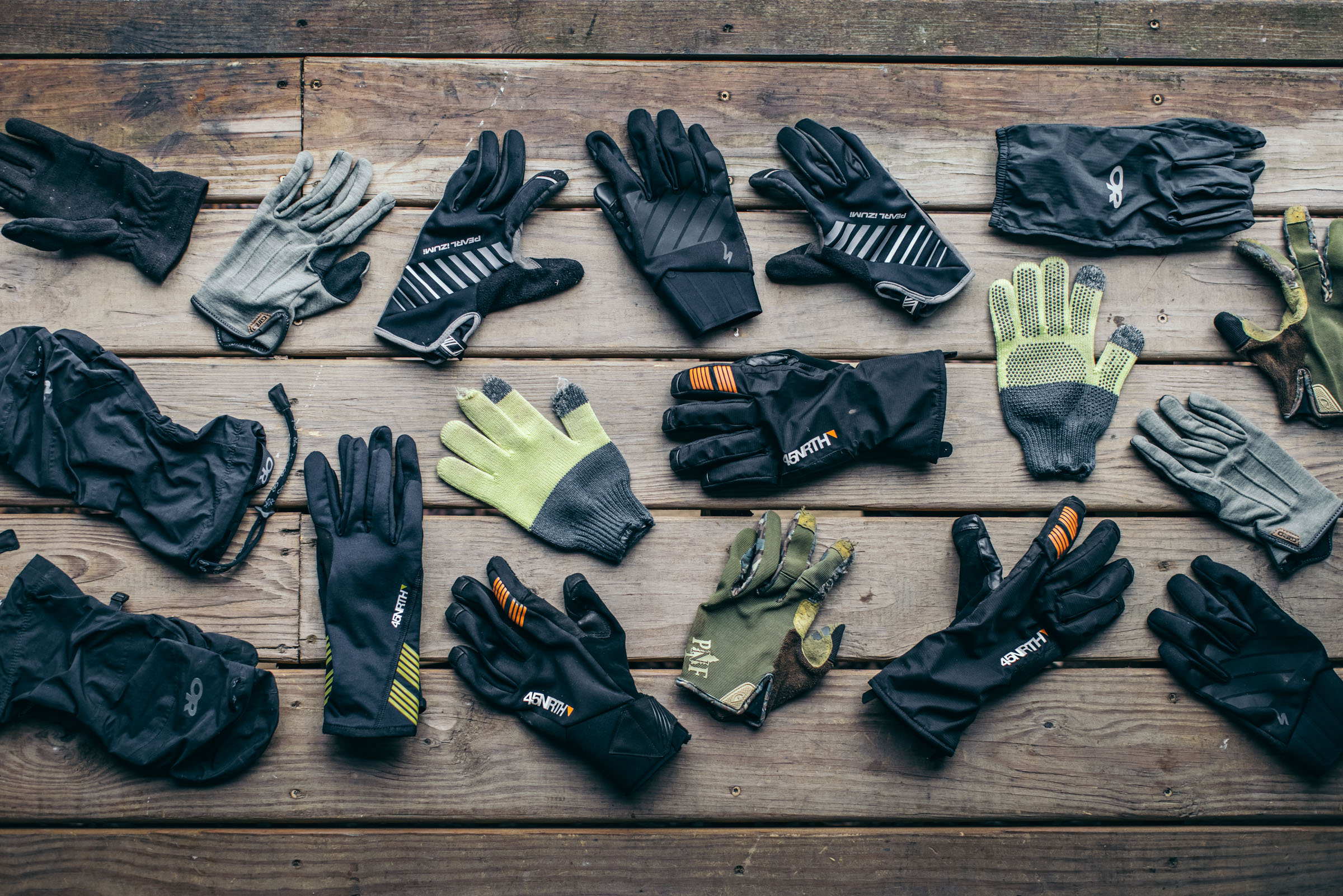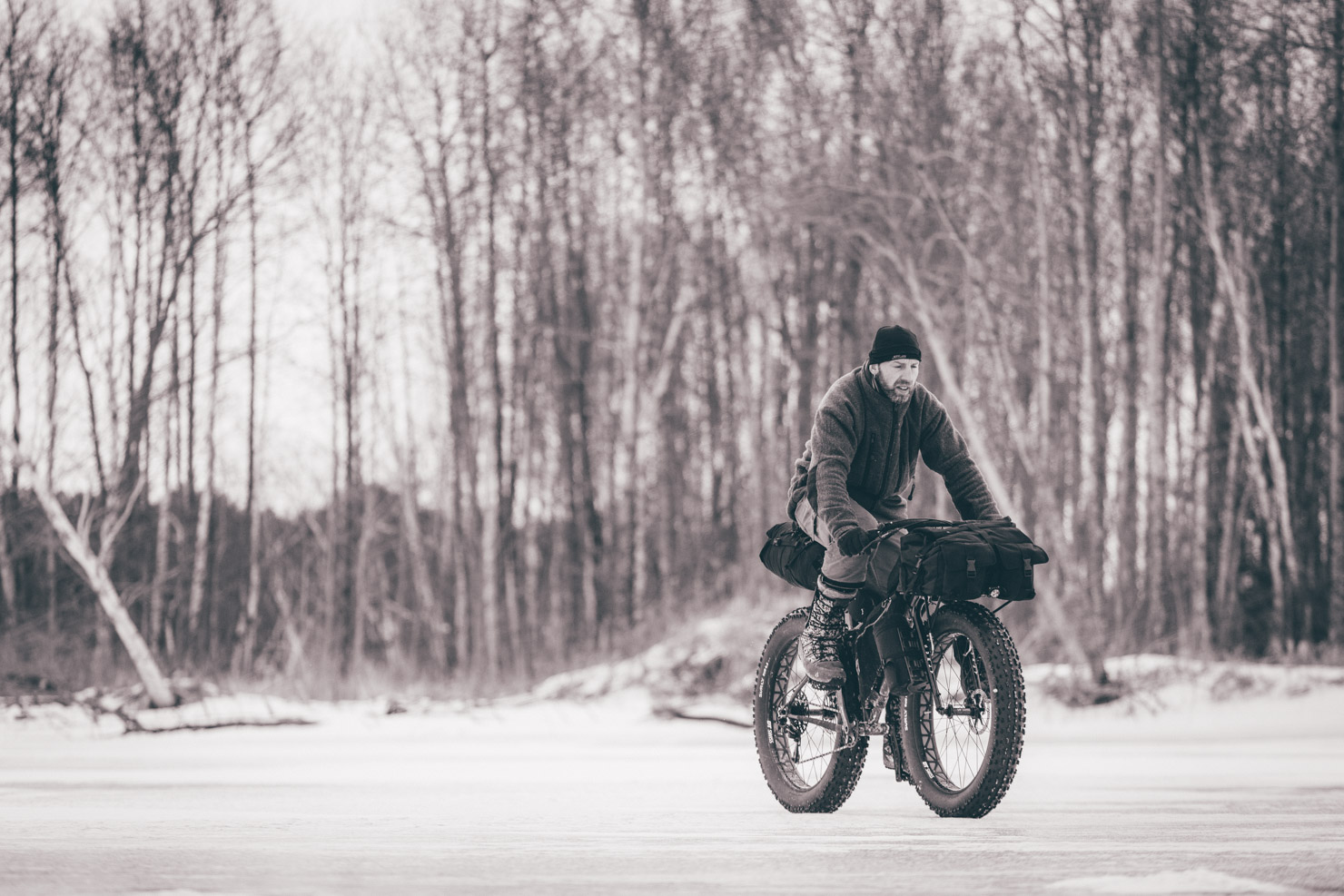Share This
0
Thanks in advance for spreading the word!
When the mercury drops and temps fluctuate, a layering clothing strategy is the preferred minimalist method for bikepacking and bicycle touring. In this guide, we dig into a six-piece plan that many of us use and agree on for big expeditions and weekend outings alike. Plus, find mini-reviews of a bunch of our favorite garments that we’ve put to the test over the years in multiple layering categories…
 compose Logan Watts
time Dec 19, 2022
comment 137
compose Logan Watts
time Dec 19, 2022
comment 137
When the chill of the shoulder season begins to set in, the high mountains beckon, or cycling trips involve multiple microclimates, we’re often faced with temperatures that range from well below freezing to hot and everything in between. For varied conditions like these, a layered approach to clothing is usually the lightest, most compact, and preferred option for multi-day outdoor pursuits—bikepacking and touring included. Many of us on the team have established a system that we’re comfortable with, and as it happens, it’s one that most of our editors agree on, despite each of us having our own aesthetic and style of bikepacking.
The Six-pack Method
In a nutshell, there are six pieces of apparel that can be packed as a near-complete kit in addition to “what you’re wearing” in normal temps: a pair of shorts, a merino T-shirt, socks, footwear, and gloves. Some folks may choose to bring a spare pair of undies or socks, while others might not. Then there’s the option to have warmers or additional foot and hand coverings. But the six core item layering pack list is laid out below. Note this can all fit into a standard seat pack or saddlebag.

To start, lightweight merino top and bottom layers make up the base. The key word here is merino, for reasons we’ll spell out further down. Next, a button-down, flannel, or wool zip-up makes a great second layer with a puffy or insulating jacket as the warm layer up top. The flannel and insulating jacket are both somewhat optional, and one can sometimes be used instead of the other, depending on the temperature. For weekend trips, I usually leave one of them at home, depending on how low the temperatures are going to get. Colder usually means I bring the puffy and vice versa. For a big trip, they both go into the pack list. For bottoms, “long johns” or long underwear make the underlayer. Again, merino is ideal. Lastly, a rain shell (or windbreaker) and rain pants are the last outer layer to keep out the wind or rain (or mosquitos!).
The benefit of a well-thought-out layering system—and what might determine the weight and warmth of each item—is that all of them can be worn simultaneously to create your warmest possible setup, unlike several thick mid-layers, which can’t effectively be worn together.
In part one of this roundup, we cover the first four components of this system, as well as a few handy wind and light weather shells. Read on for details on each of the categories, accompanied by a list of several of our favorite examples, most of which have been tested to great lengths.
1. Merino Long-sleeve shirt
Against the body, a thin merino layer works well for several reasons: it maintains its insulating properties when damp with sweat or moisture, it will dry well by wicking moisture via body heat, and equally as important, it resists odor. Ideally, this base layer will be one that’s robust enough to last and look good enough to be your main riding top in cool weather. Most of us bring this long-sleeve merino layer in addition to a short-sleeve merino T-shirt. The two can be layered for a little more warmth or kept separate to have a dry/clean-ish layer available for camp or civilization.
Smartwool Merino 150
Logan: I still have an old Smartwool Merino 150 top in rotation that I bought back in 2011. I can’t say that it’s appropriate for wearing in public at this point, with about a dozen holes in it, but it still works as a base layer. Since then, Smartwool started making their 150 tops with a moderate 87% Merino Wool and 13% Nylon blend to make them more durable. I recently got this one and really like it. It’s slightly more fitting and stretchy than my old one, which is a good thing. Instead of getting saggy and loose once I get sweaty on a ride, it keeps its shape. I look forward to 10 years with this one too. And the funky plant-dyed finish is icing on the cake.
204g (M) / $85 at REI Women’s Men’s
Kitsbow Escalator/Lory
Logan: The Escalator and Lory Merino long-sleeve shirts come in two flavors: henley or crew. Both are made in the USA from 34% merino and 66% polyester. The merino layer sits next to the skin and is designed to pull away moisture while regulating temperature. The Escalator (men’s) and Lory (women’s) merino henleys and crews are perfect for cold morning rollouts or layering. They’re slightly more stylish than a simple long-sleeve T-shirt, making them double as a base layer or a single layer. And the fit is spot on. We don’t have as many miles on these as other garments in this roundup, but so far, we’re very impressed. They seem to live up to their claims and feel well-made and durable to boot. They’re not as light and cool as a long-sleeve merino tee, but they seem slightly longer lasting.
197g (M’s L) / $129 at Kitsbow Escalator Lory
Ibex Indie Hoodie
Lucas: I’ve been bringing an Ibex Indie Hoodie on most of my bikepacking trips since 2016. Ibex lists it as a first layer, but I also wear mine as a mid or outer layer depending on the temperatures, and it works equally well in any role. Its quarter zip is super convenient for letting off excess heat without having to stop pedaling and take it off. It has a slim-fit hood that works nicely under a helmet, and the thumb holes add a welcome touch of coziness. The Indie is made of ultra-soft 100% merino wool and has a regular fit (my size L works well for me at 6’2″ and 165 pounds). It’s pricey at $170, but I can attest that it’s exceptionally well made and hardwearing despite being so light. The Indie is available in five men’s and women’s sizes and a broad range of colors.
278g (M’s L) / $170 at Ibex Mens’s Women’s
Budget Alternatives: Merino wool is usually pretty expensive, but it’s worth the investment to many of us. There are a few cheaper alternatives, however. Meriwool offers a 100% merino baselayer for $60 that we’ve seen folks mention. There are also plenty of cheaper non-wool alternatives, such as the $40 REI lightweight synthetic baselayer.
2. Merino bottoms
Another important piece for the kit is a lightweight pair of merino long underwear. They can be worn as an insulating layer under shorts, either on the bike or off. They can also serve as an additional sleeping layer or an insulating layer under a pair of shell pants.
Patagonia Capilene Air
Logan: As seen in our annual Gear of the Year Awards (formerly called Merino Air), Patagonia’s innovative take on a wool base layer is stretchy, extremely breathable, and seamless. Each is made with 51% RWS-certified merino wool and 49% recycled polyester using a unique manufacturing process in which fibers are exposed to a high-pressure air gun resulting in high loft and low weight. This ultralight, ultra-cozy base layer is a prized possession to a couple of us. And fortunately, we’ve also found them to be pretty durable and long-lasting. The gray pair pictured in the second photo has been in rotation for several years without tears or signs of fatigue. They’re not cheap, but given their durability, we think they’re a worthy investment.
166g (M’s L) / $140 at Patagonia
Smartwool Merino 150
Logan: Similar to the long-sleeve base layer mentioned above, the Smartwool 150 bottoms are on the lighter side of the material weight spectrum and make a perfect complement to a rain pants layer. They’re made of 87% merino wool and 13% nylon and seem to hold up fairly well based on a friend’s recommendation. That said, they’re kind of new to me, but I’m impressed so far. The Merino 150 bottoms come in men’s and women’s versions in several different colors.
185g (M’s L) / $85 at REI Women’s Men’s
Artilect A/SYS-1 Boulder Leggings
Miles: Boulder, Colorado-based Artilect is a performance apparel company with a strong focus on sustainability. They have a complete layering system that’s based around a unique manufacturing process called Nuyarn—drafting merino fibers into a high-performance filament for a fabric that offers all the same natural properties as standard merino wool but with improved durability, warmth, and stretch. Plus, these benefits are part of the yarn spinning process, not a chemical treatment, so they last. I’ve been using the A/SYS-1 Boulder Leggings for well over a year now, and they’ve yet to show signs of wear or stretching. The fit is tight, which makes sense for a base layer, and there are even some small perforations below the elastic waistband at the back of the leggings to allow some venting.
118g (M’s L) / $110 at Artilect
Budget Alternatives: Similar to base layer tops, Meriwool offers light/midweight bottoms for $55. And if you’re really on a budget, there are loads of non-wool options that insulate well, including $5 women’s tights that you can find at nearly any department store.
3. Flannel or button-down
We covered our love of “flannels” and what exactly that means in a recent roundup, but here’s an excerpt for context: While certainly not a traditional garment in the cycling milieu, flannels have been a primary part of our wardrobe for years, and are becoming increasingly common for the more relaxed cycling subgenera. A button-down is often all you need for an outer layer on a spring gravel jaunt, or late fall spin around your local singletrack. And it’s perfect for a bikepacking outing, whether riding in it or tossing into a bag as an extra layer. A flannel or button-down also makes a relatively minimal kit inclusion to have something for a not-too-shabby look off the bike during a long tour. In summary, button-downs are easily vented to dump extra heat during a big climb, the collar and long sleeves can provide some extra protection from the elements, and it gives you the option of looking slightly less like a dirtbag when rolling into town for a resupply. Here are some of our favorites.
Kitsbow Icon
Logan: Regular readers might have our Kitsbow factory visit article fresh on their minds, but just to reiterate, the Icon shirt is hands down our favorite Kitsbow garment. The long-sleeve snap-button shirt is made from US-sourced Pendleton wool and has a brilliantly designed fit with vents and reinforcements. It’s one of those pieces that gets better with age and just won’t quit. I’m now the proud owner of two of them, and they’re pretty much the only thing I wear all winter long. The Icon is available in women’s and men’s (signature fit, which is like the original; and relaxed athletic fit, which is slightly broader).
480g (M’s L) / $249 at Kitsbow
Pearl Izumi Rove
Logan: I’ve worn this Pearl Izumi Rove enough at this point to where I get made fun of for wearing it. I’m not going to say it’s my favorite aesthetic, but it’s durable, visibly bright, breathes well with great ventilation, and it has easy to operate one-handed snap buttons and an excellent fit. It appears Pearl Izumi changed the colorways recently and it’s out of stock (in men’s), so it’s a little unclear whether it will remain on the market. There are plenty of the women’s version in stock, however. I’ll be sure to update this down the road when I find out more.
255g (M’s M) / $60-80 at Pearl Izumi Men’s Women’s
Cascada Land Wool Shirt
Miles: The Cascada Land Wool Shirt is by far the most comfortable flannel I own. Although the name suggests a wool construction, it’s actually 77% polyester and 16% wool, with 7% elastane for some stretch. The combination is soft, stretchy, and quick-drying, perfect for long days on the bike that call for a little protection from the cool air. It has a slim fit, comes in six different sizes and a variety of colors, but only in a single women’s option.
292g (Men’s M) / $129 at Cascada
Budget Options: The most popular budget option for a durable button-down is a used Pendleton wool shirt. These can often be found on eBay or other secondhand stores. There are plenty out there. There are also plenty of flannels and poly button-down shirts to be found at local thrift shops.
4. Insulated Jacket
When the temperatures drop, the next layer to pull on is your insulating upper layer. We prefer the packability and low weight of a high-tech puffy down or synthetic down jacket, but a fleece or a wool sweater can be an inexpensive and effective option. Another option, again, depending on the temperatures, is a wool hoody or even a wool sweater if you have the packing space.
Montbell Down Jackets
Logan: It’s hard to beat Montbell Down Jackets for their price, fit, and function-to-weight ratio. I’ve tried three of them now and they’re equally as impressive in different conditions. The Alpine Parka leans toward expedition warmth, but the price has gone up and it’s now about $479, which is a little bewildering. Still it’s a great performer, and at 237 grams, it’s hard to beat if you’re really counting grams. The 215 gram Ex Light Anorak is my favorite of the three and I’ve used it on countless trips. Montbell also has a couple of more cost-effective options, such as the $179, 209 gram Superior Down Jacket. I’ve generally found all their jackets to fit extremely well.
$329+ at Montbell Plasma Parka EX Light
Patagonia Nano Puff
Virginia: Patagonia’s Micro Puff Hoodie was like a second skin to me, but after wearing it religiously for several years, it finally met its end, and I replaced it with the Nano Puff Jacket. This time, I was looking for something more durable, and the Nano Puff’s shell is significantly thicker than that of the Micro Puff, so it should stand up better to thorns and abrasion. The Nano Puff is virtually the same jacket with improved 60g Prima Loft Gold Insulation made from post-consumer recycled polyester and a shell made from 100% recycled poly fibers. The Nano Puff feels at least as warm as the Micro Puff, and it packs down to approximately the same size. While the Nano Puff does weigh slightly more, the increased durability is worth a few extra grams in the long run. While I haven’t worn this jacket through multiple seasons yet, it already feels as comfortable as an old shoe, and I expect to be spending a lot of time in it from here on out.
323g (W’s M) / $229 at Patagonia Women’s Men’s
7mesh Callaghan Wool Hoody
Virginia: The 7mesh Callaghan Hoody is made from a wool/poly blend featuring a soft Merino inner face that’s comfortable, warm, breathable, and odor resistant. It can be worn over a light base layer and is minimal enough that it can be worn under a looser jacket. The Callaghan fits extremely well with a nice cut, two perfectly sized front pockets, an under-the-helmet compatible hood, and an elasticized hem and cuffs. At $190-200, the Callaghan’s not cheap, but it’s durable, and it’s clear that 7mesh knows the art of blending form and function. After three years of hard use, it’s still one of my favorite pieces. The hoody is made in China.
167g (W’s M) / $200 at 7mesh Women’s Men’s
Timmermade SUL 1.5 Down Sweater
Miles: Weighing in at just 228 grams, the New York-made Timmermade SUL 1.5 Down Sweater is priced similarly to factory-made products, yet it has the handmade quality and attention to detail that Timmermade is known for. It has quickly become one of my most prized possessions, keeping me toasty warm right down to freezing temperatures while still packing away impressively small when space is limited. Who needs zippers and pockets anyway? Read the full review here.
228g (L) / $260 at Timmermade
Patagonia Nano-Air Vest
Miles: When it’s too warm for a jacket but too cool for a t-shirt, I almost always reach for my lightly insulated Patagonia vest. I actually have the discontinued Nano-Air Hybrid Vest, which isn’t insulated under the arms or on the back, but the Nano-Air shares many of the same benefits—providing just the right amount of warmth to your core while keeping your arms free to dump excess heat while on the go.
182g (M’s M) / $199 at Patagonia Men’s Women’s
5.1: Windbreaker
The outermost layer will typically be a shell jacket. Generally speaking, we often use a rain shell with a hood (which we’ll get to in part two of this series, featuring rain gear) for most bikepacking trips as they can serve multiple purposes. However, if conditions are dry, windbreakers or “weatherproof” jackets are much lighter and can be very useful. They come in particularly handy on short overnighters, weekend trips, or just long day rides. And, they can also be tossed into a kit as an extra layer for insulation or chilly morning rides. Here are a few options we like in this category.
Patagonia Houdini
Virginia: I can’t believe it took me as long as it did to get my own Houdini jacket. It’s so thin and lightweight that I was sure it wouldn’t do anything. I was wrong. It works amazingly well over a short-sleeve jersey or T-shirt to cut the chill of a long descent, and when it’s worn over a heftier layer, it adds a surprising amount of warmth. It’s not designed to keep you dry in a torrential downpour, but it does an admirable job of shedding light rain and mist. The pattern is awesome and the dropped tail is a plus for any cyclist. It’s also fair-trade sewn from 100% recycled nylon. The Houdini’s packed size isn’t much bigger than a cell phone and it weighs next to nothing, so justifying its place on any bikepacking adventure is a no-brainer for me. The Houdini is made in Vietnam.
97g (W’s M) / $109 at Patagonia Women’s Men’s
Search and State S1-J
Logan: The NYC-made S1-J riding jacket is one of Search and State’s best-selling pieces, and for good reason. This lightweight jacket is very minimal and packs small—one of those items you can toss in about any bag for any given ride. It punches above its weight, too. It’s not only highly windproof, but it’s also more rain and weatherproof than you might expect—perfect for drizzles, changing conditions, or misty fog. Features include Schoeller C-Change Fabric, touted for its breathability, high-end Riri zippers, and a military-grade injection-molded aquazip at the pocket. One of my favorite things is a bottom-up zip, allowing you to keep your back dry and air out the front. This is a pricey piece, but if you value MUSA apparel that’s long-lasting and well made, I highly recommend it. That said, they run small, so size up.
238g (M’s XL) / $275 at SearchandState.com
Topo Designs Ultralight Jacket
Miles: The Topo Designs Ultralight Jacket is a great example of a super versatile and extremely lightweight jacket for every kind of ride. It’s constructed from a super light 15-denier nylon micro ripstop fabric that’s wind resistant and water repellent. There is elastic binding at the cuffs, hem, and hood to seal in your warmth, and the entire thing packs directly into the chest pocket when not in use. The Ultralight Jacket is made in Vietnam.
102g (M’s L) / $89 at TopoDesigns
Patagonia Dirt Roamer Jacket
Emily: Part of Patagonia’s mountain bike apparel lineup, the Dirt Roamer Jacket is a lightweight and breathable outer layer that’s perfect for changing weather conditions and protection from the elements. It’s made from a stretchy 100% recycled nylon fabric that’s Fair Trade Certified and packs down small enough to easily shove into a bag or pocket. It has a durable water repellent finish to shed light rain, but I found it works best as an outer layer on cool mornings or windy days.
192g (W’s S) / $249 at Patagonia Women’s Men’s
7mesh Northwoods Windshell
Logan: The 7mesh Northwoods jacket is a little on the expensive side for what it is, but it’s also become one of my go-to pieces to toss in the bottom of a bag. It’s perfect just to have a little extra something when it’s not too cold but might dip later in the day. It’s also nice for bikefishing excursions when it’s a little colder on the water. It basically crushes down to the size of a tangerine and can fit anywhere, including a hip pack.
113g (M’s M) / $170 at 7mesh Men’s Women’s
Stay tuned for part two of this feature, which will cover rain gear for bikepacking, particularly items 5 and 6 on the six-piece layering kit—including hardshell rain jackets and rain pants. Also, if you have any thoughts or suggestions for budget alternatives or sustainably made options, please leave them in the conversation below…
Related Content
Make sure to dig into these related articles for more info...
Please keep the conversation civil, constructive, and inclusive, or your comment will be removed.







